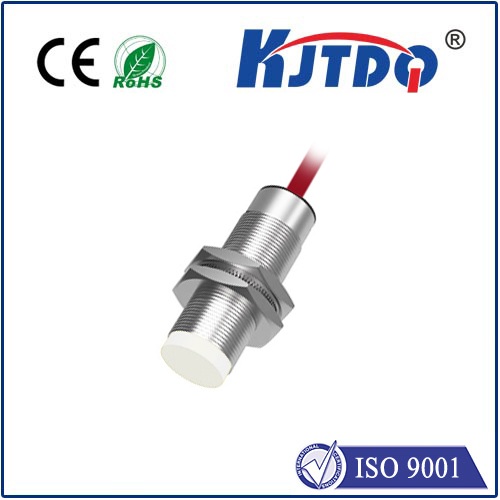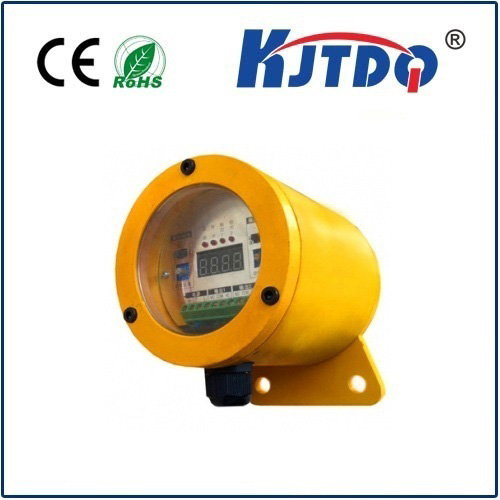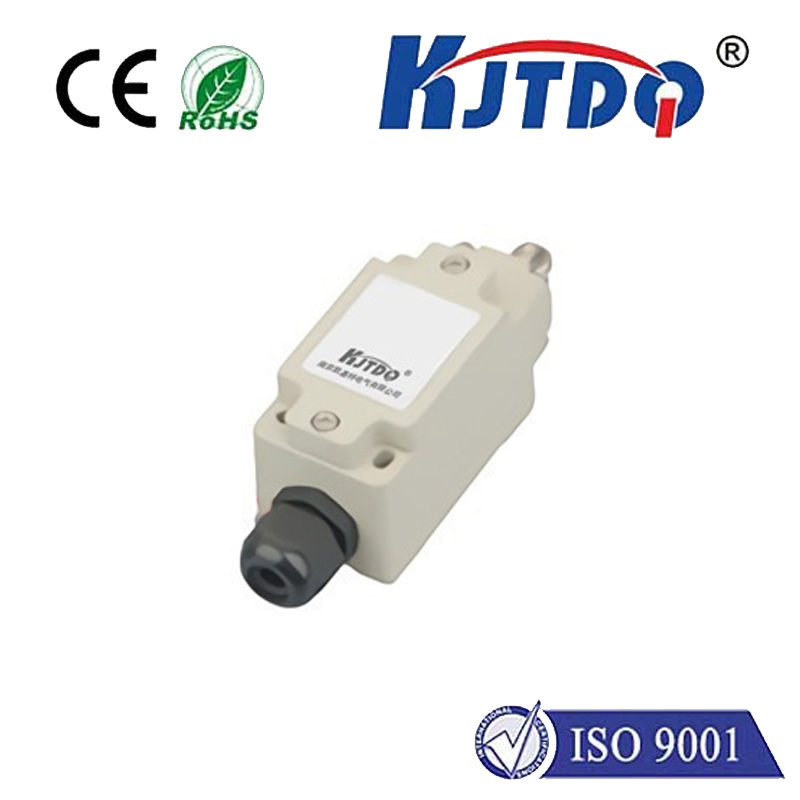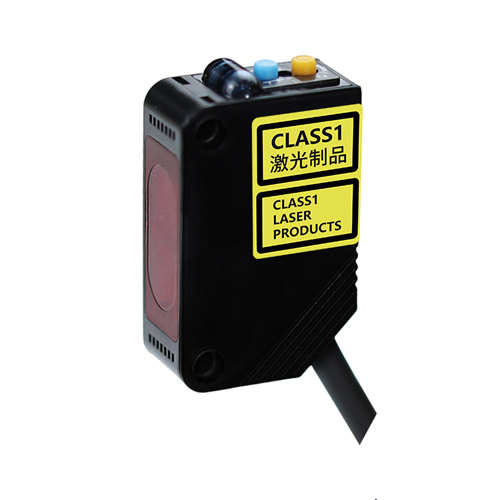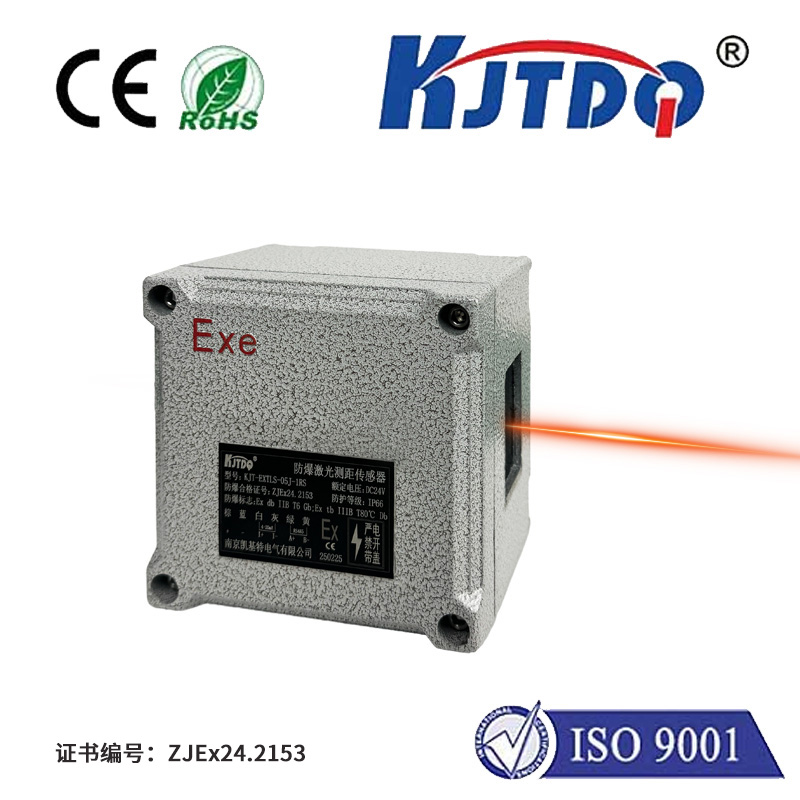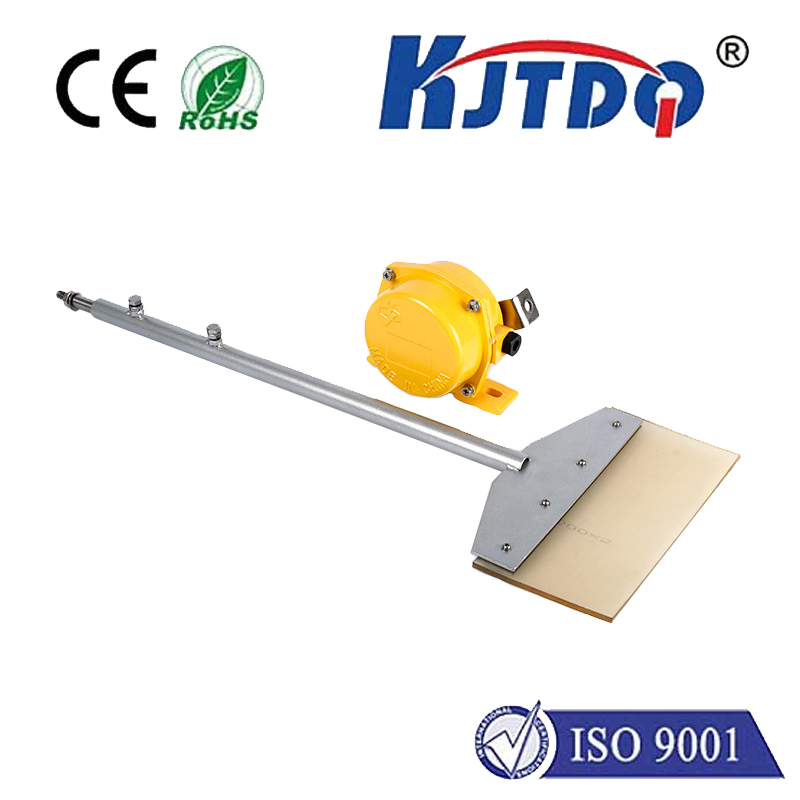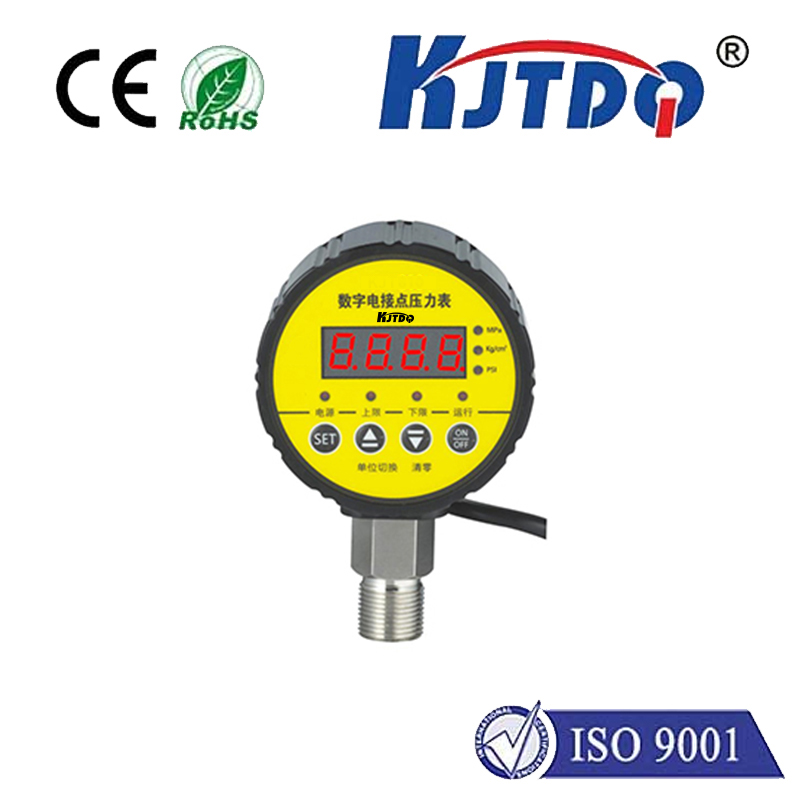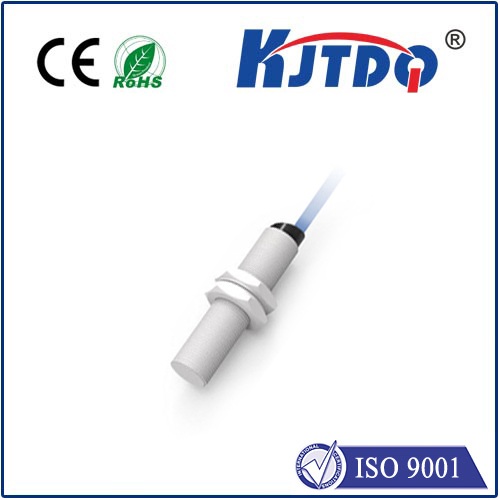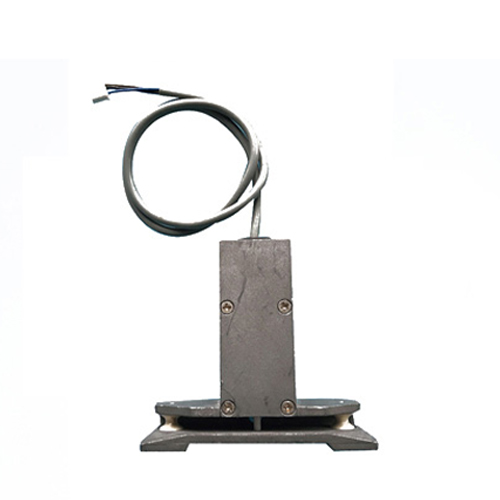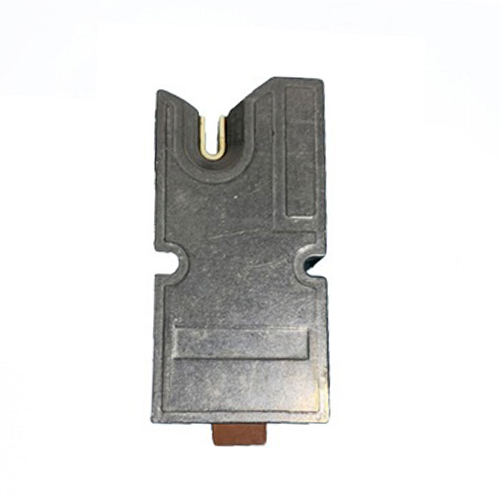

check

check

check

check

check

check
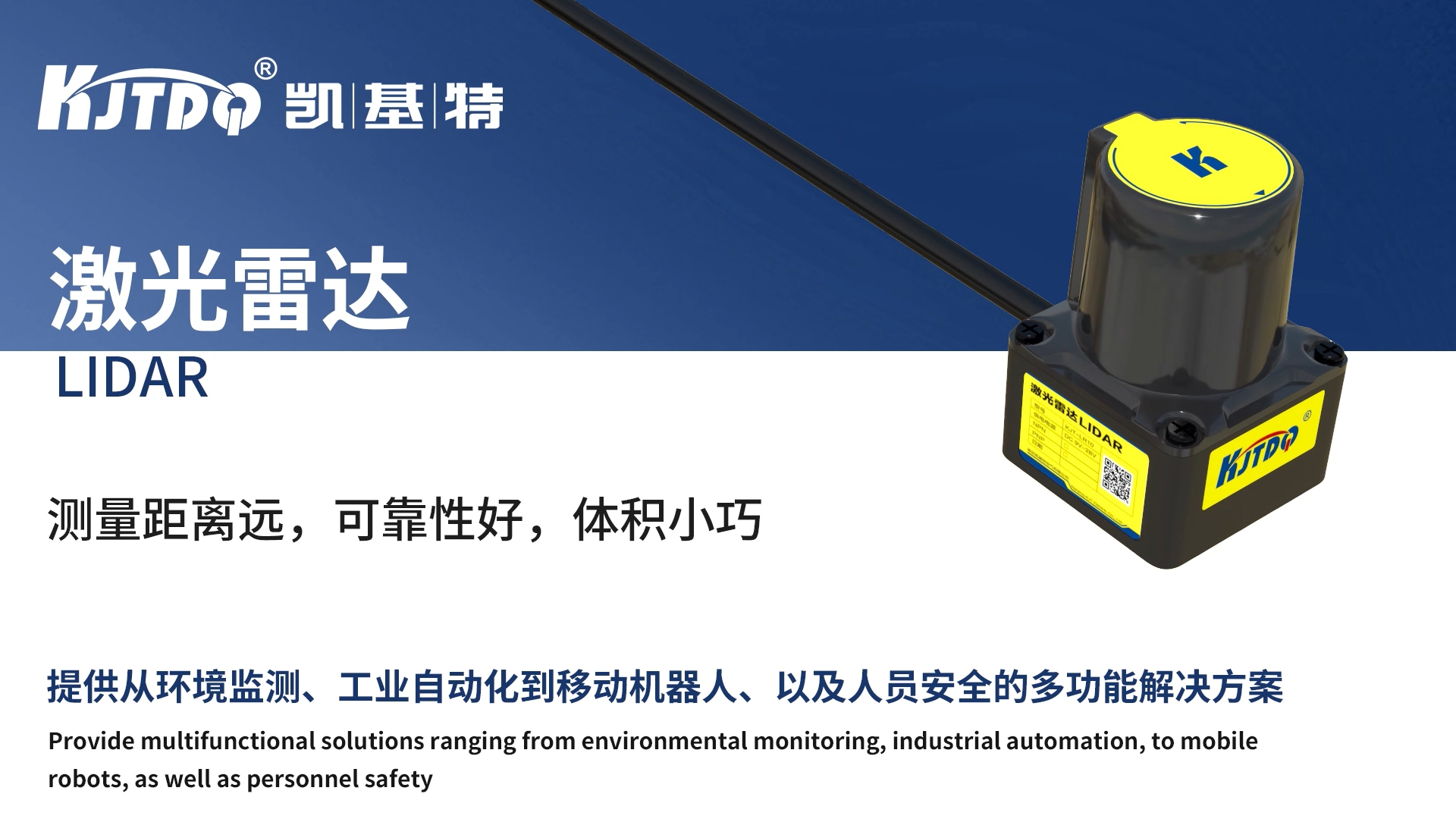
check

check

check

check
Imagine your industrial oven humming away, baking products at high precision, or your critical HVAC system maintaining perfect climate control. Suddenly, everything shuts down without warning. While frustrating, this abrupt halt might be thanks to a silent hero: an open temperature limit switch performing its vital protective duty. This small but crucial device is fundamental to preventing catastrophic equipment failure and fire hazards across countless industries and household appliances.
At its core, a temperature limit switch is a safety thermostat engineered to monitor heat levels. Unlike a standard thermostat controlling routine temperature cycling, its primary role is critical overheating protection. Most limit switches are designed as normally closed (NC) switches. This means they maintain a closed electrical circuit under safe operating temperatures, allowing current to flow and the equipment to run normally. However, when temperatures exceed a preset threshold—often called the trip point—an internal mechanism (like a bimetallic strip or fusible alloy) triggers, physically opening the electrical circuit. This “open” state is the safety cutoff, instantly interrupting power to the heater or motor, forcing the system to shut down.
So, why is this open switch state so crucial? The consequences of uncontrolled overheating are severe:

The triggering of an open temperature limit switch is a clear signal: the system exceeded safe thermal limits. Common causes include:
Not all open limit switches signify permanent failure. Manual reset limit switches require physical intervention—a button press—to close the circuit again after the underlying overheating cause is resolved. This forces a safety inspection, preventing automatic restarts into a hazardous condition. Conversely, automatic reset switches re-close once temperatures naturally cool sufficiently. While convenient, they carry risks; if the root cause persists, the cycle of overheating and resetting repeats, potentially leading to cumulative damage. Choosing the right type depends on the criticality of the application—manual reset is mandated in high-risk scenarios.
You’ll find temperature limit switches guarding against thermal runaway in diverse settings:
An open temperature limit switch isn’t a failure; it’s a safety device fulfilling its purpose. Ignoring it or permanently bypassing it (“jumpering it out”) eliminates vital protection, transforming a minor shutdown into a potential disaster. If your device frequently triggers its limit switch, view it as an urgent diagnostic alert. Investigate airflow obstructions, malfunctioning components, or undersized systems. Replace faulty or one-time-use thermal fuses promptly with the correct specifications.
Regular maintenance is key to reliable operation. Keep vents and heat sinks clean, ensure fans operate smoothly, and monitor systems for unusual heat buildup. A proactive approach ensures your temperature limit switch remains a dependable sentinel, silently standing guard against the ever-present threat of overheating, ready to go “open” precisely when needed most to preserve safety and protect costly investments.
